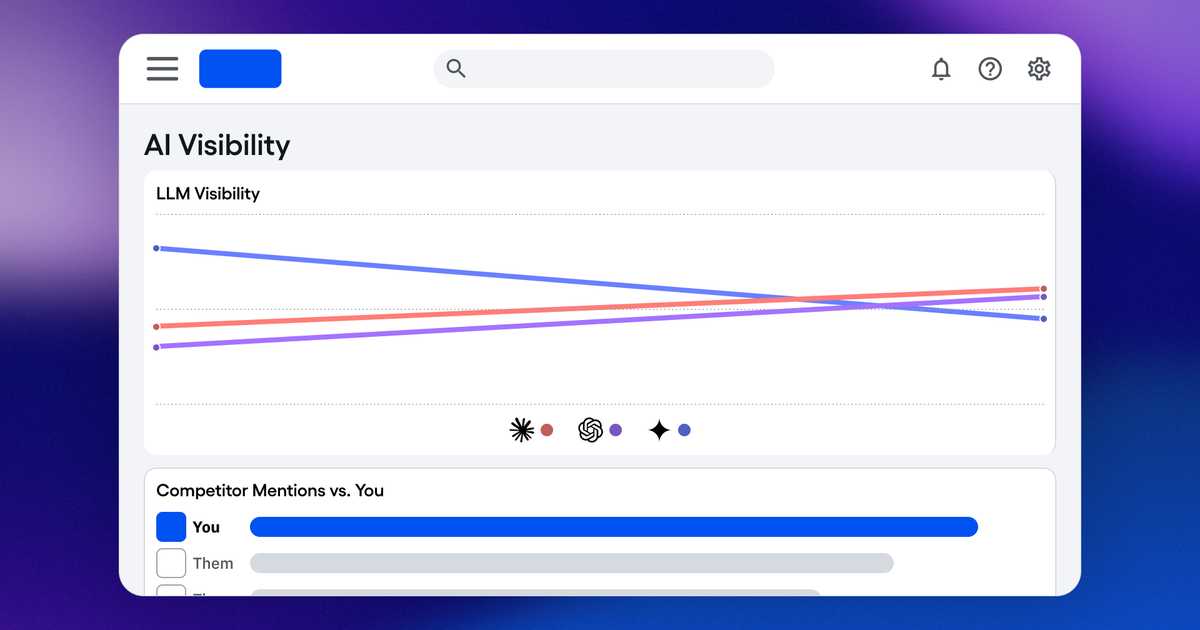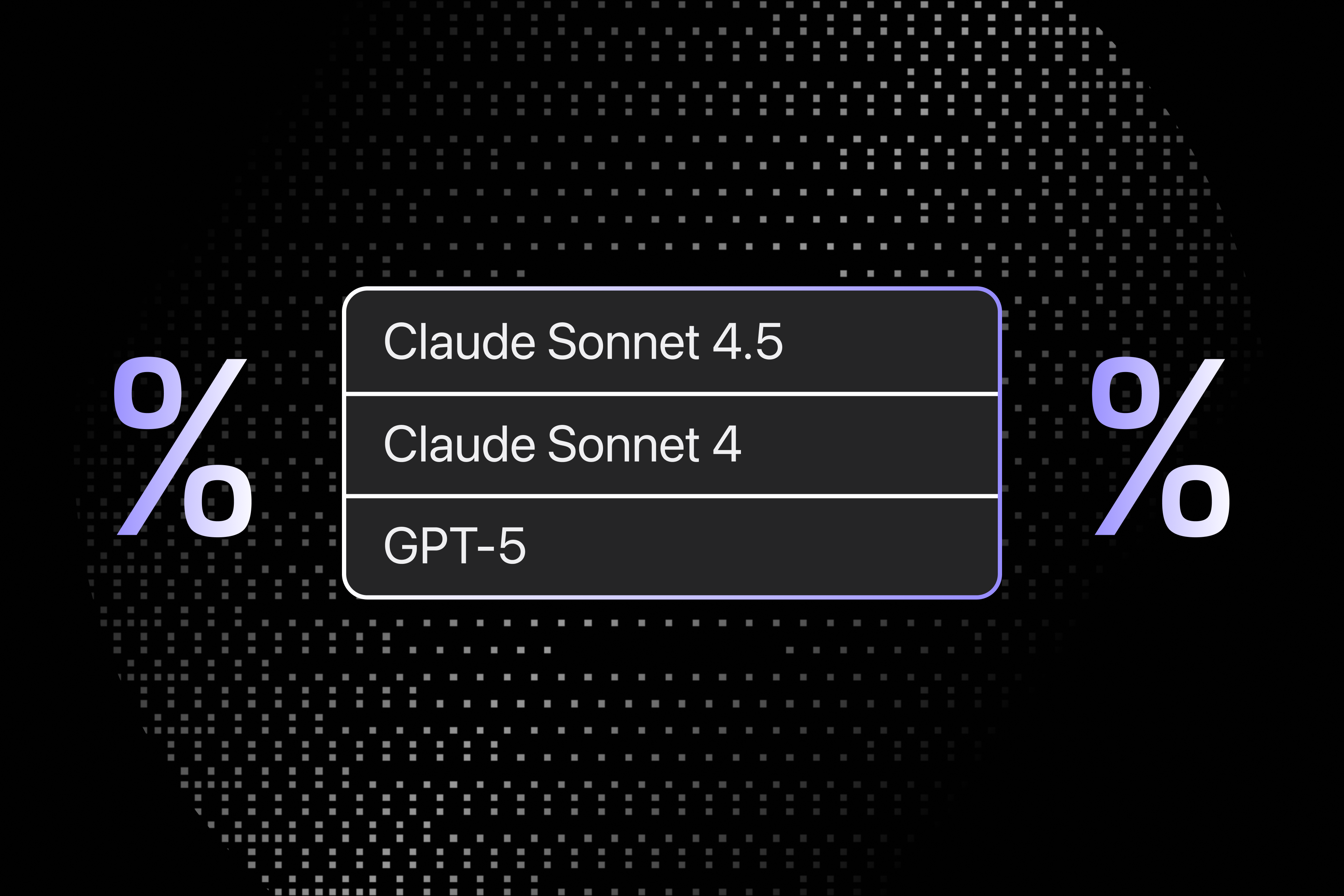In a future not so far off, AI won’t just be using software — it might start quietly replacing it. Enter the speculative concept of the Doom Router: a device or local agent that sits at the edge of your network, silently observing how you interact with online services. While the name is intentionally (over-)dramatic, the implications are serious.
Imagine a passive system that watches every interaction between you and SaaS applications — URLs, metadata, request patterns, browser behaviors, maybe even screen data. While it can’t decrypt end-to-end TLS traffic, it can still observe enough structure and user behavior to understand what’s going on.
Now, pair that passive stream with a sufficiently capable large language model. The LLM begins to infer the purpose and logic behind each interaction. Given time and enough data, it starts approximating the app’s behavior — without ever accessing the app’s backend or source code.
Traditional SaaS moats are built on proprietary logic, data, and user experience. But if LLMs can recreate the functional essence of an app just by observing it, those moats get shallower. Especially for apps that mostly wrap deterministic business rules in UI chrome.
This isn’t science fiction — it’s a direction. Prompt engineering, interface mimicry, model fine-tuning on interaction data — these are all current techniques that echo this future.
There are real constraints. TLS encryption, authentication tokens, and usage limits make true passive replication extremely difficult. A literal “Doom Router” is unlikely to be legal, ethical, or even technically feasible in full form.
But that’s not the point.
What matters is that LLMs are evolving into protocol synthesizers — tools that can reimplement the observable behavior of software. Even partial mimicry has the potential to chip away at SaaS defensibility.
The shift isn’t just about security. It’s about software abstraction. As AI moves closer to understanding and reproducing software from the outside-in, the future of app delivery changes. We may rely less on cloud-hosted black boxes and more on model-driven agents that become the application layer.
The Doom Router may never arrive as a literal device — but conceptually, it’s already sneaking in through the side door.
.png)




